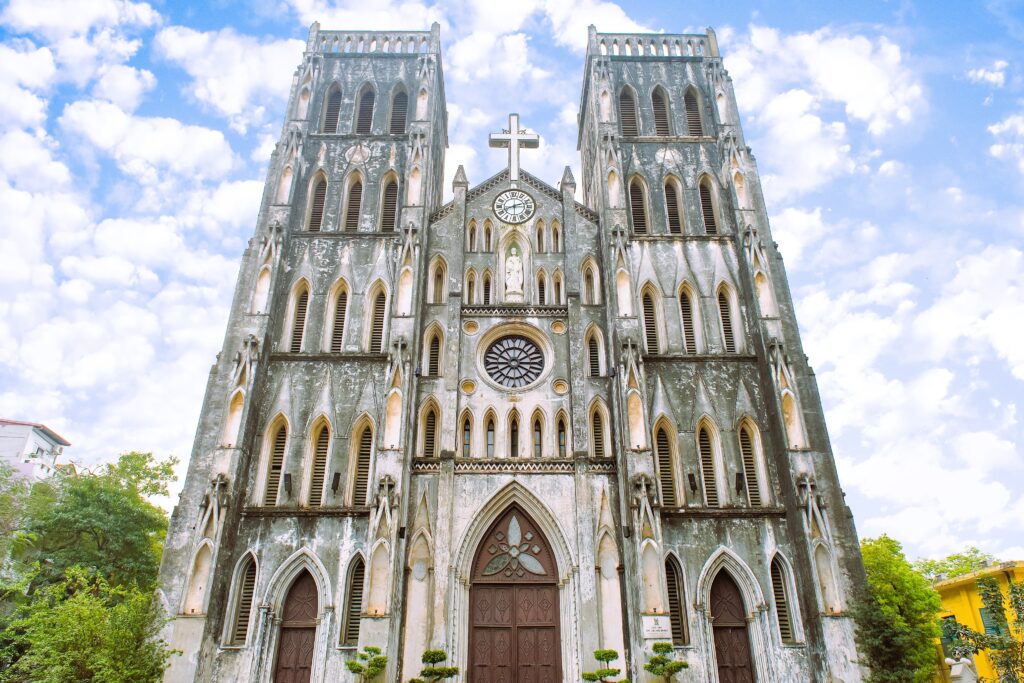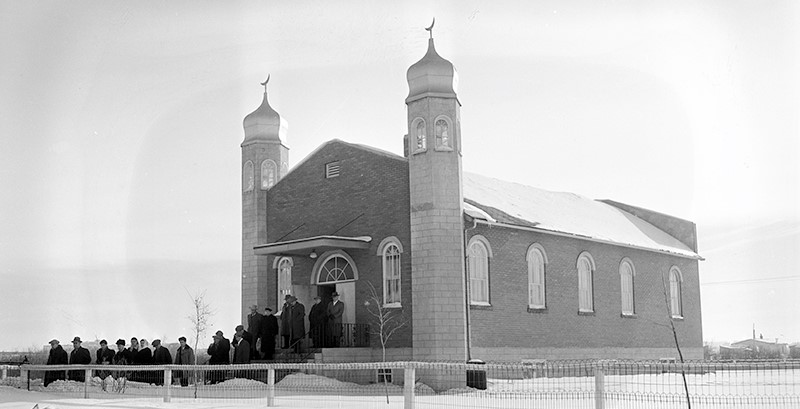Edmonton, the capital of Alberta, is home to a rich tapestry of historical and cultural landmarks, with its historic churches standing as architectural gems that reflect the city’s diverse heritage. These sacred spaces not only serve as places of worship but also as testament to the architectural brilliance and cultural significance of Edmonton’s past. In this exploration, we delve into the architectural beauty of Edmonton’s historic churches, each telling a unique story of faith, community, and design.
1. The Cultural Mosaic of Edmonton’s Historic Churches
Edmonton’s historic churches, ranging in architectural styles from Gothic Revival to Romanesque, represent the cultural diversity of the city’s inhabitants. These sacred spaces were often the focal points of early communities, serving as places of gathering, solace, and celebration. As we explore these churches, we gain insights into the architectural evolution of Edmonton and the communities that shaped its growth.
2. St. Joseph’s Basilica: A Testament to Gothic Revival

St. Joseph’s Basilica, located in the heart of downtown Edmonton, is a stunning example of Gothic Revival architecture. Consecrated in 1963, the basilica boasts intricate pointed arches, ribbed vaults, and towering spires that evoke the grandeur of medieval European cathedrals. Designed by the architectural firm of Moncion and Lemon, St. Joseph’s Basilica stands as a testament to both faith and the enduring beauty of Gothic design.
The basilica’s interior is adorned with ornate stained glass windows, detailed woodwork, and a magnificent altar, creating a sacred atmosphere that transports worshippers to a different era. The church’s reverence for tradition, coupled with its commitment to the spiritual needs of the community, makes it a revered landmark in Edmonton.
3. St. Joachim’s Catholic Church: A Blend of Styles
St. Joachim’s Catholic Church, located in the Highlands neighborhood, is a unique blend of architectural styles. Constructed in 1911, the church features elements of Romanesque Revival and Byzantine architecture. The use of red brick, rounded arches, and a prominent dome contribute to the distinctive character of St. Joachim’s.
The church’s interior is adorned with intricate murals and artwork that reflect the cultural heritage of the parishioners. St. Joachim’s stands as a testament to the adaptability of architectural styles, showcasing the harmonious fusion of design elements from different traditions. Do you like the article? Read also about Architectural Wonders.
4. All Saints’ Anglican Cathedral: Victorian Gothic Elegance
All Saints’ Anglican Cathedral, situated in the Boyle Street neighborhood, is a masterpiece of Victorian Gothic architecture. The cathedral, consecrated in 1915, features pointed arches, buttresses, and a soaring spire that define the Gothic aesthetic. Designed by prominent architect George Heath MacDonald, All Saints’ represents the Anglican commitment to architectural excellence and spiritual significance.
The interior of All Saints’ Cathedral is a showcase of craftsmanship, with detailed woodwork, stained glass windows, and a sense of verticality that elevates the spiritual experience. As one of Edmonton’s oldest churches, All Saints’ has played a pivotal role in the city’s religious and architectural history.
5. McDougall United Church: A Heritage Treasure
McDougall United Church, located in the Oliver neighborhood, is a designated historic site and a testament to early 20th-century ecclesiastical architecture. Built in 1910, the church combines elements of Gothic Revival and Romanesque styles. The use of locally sourced sandstone and a prominent bell tower contribute to its distinctive appearance.
The interior of McDougall United Church is adorned with beautiful stained glass windows and wooden pews, creating a serene and contemplative atmosphere. The church’s commitment to heritage preservation and community engagement makes it a cherished landmark in Edmonton.
6. St. Barbara’s Ukrainian Catholic Church: A Cultural Heritage
St. Barbara’s Ukrainian Catholic Church, situated in the Beverly neighborhood, is a cultural and architectural gem that reflects the city’s Ukrainian heritage. Built in 1952, the church features a distinctive onion dome, a hallmark of Ukrainian church architecture. The use of vibrant colors, intricate detailing, and the incorporation of traditional Ukrainian design elements make St. Barbara’s a visually striking structure.
The interior of St. Barbara’s is adorned with religious iconography and intricate woodwork, creating a space that pays homage to both faith and cultural identity. The church stands as a symbol of Edmonton’s multicultural fabric and the role of architecture in preserving cultural heritage.
Preserving Sacred Spaces: Challenges and Opportunities

While these historic churches contribute to Edmonton’s cultural and architectural identity, they also face challenges such as maintenance costs, changing demographics, and the need for adaptive reuse. Preservation efforts, often led by heritage organizations and local communities, aim to safeguard these sacred spaces for future generations.
Conclusion
Edmonton’s historic churches are not merely structures of bricks and mortar; they are living testaments to the faith, culture, and architectural ingenuity that have shaped the city. As we admire the soaring spires, intricate details, and cultural nuances of these sacred spaces, we gain a deeper appreciation for Edmonton’s diverse history and the role of architecture in preserving and celebrating its heritage.
For further exploration of Edmonton’s architectural standards and practices, refer to authoritative sources such as Canada’s official standards website. These platforms provide comprehensive insights into the rich history and current standards shaping the world of architecture and design in Edmonton and across Canada.
